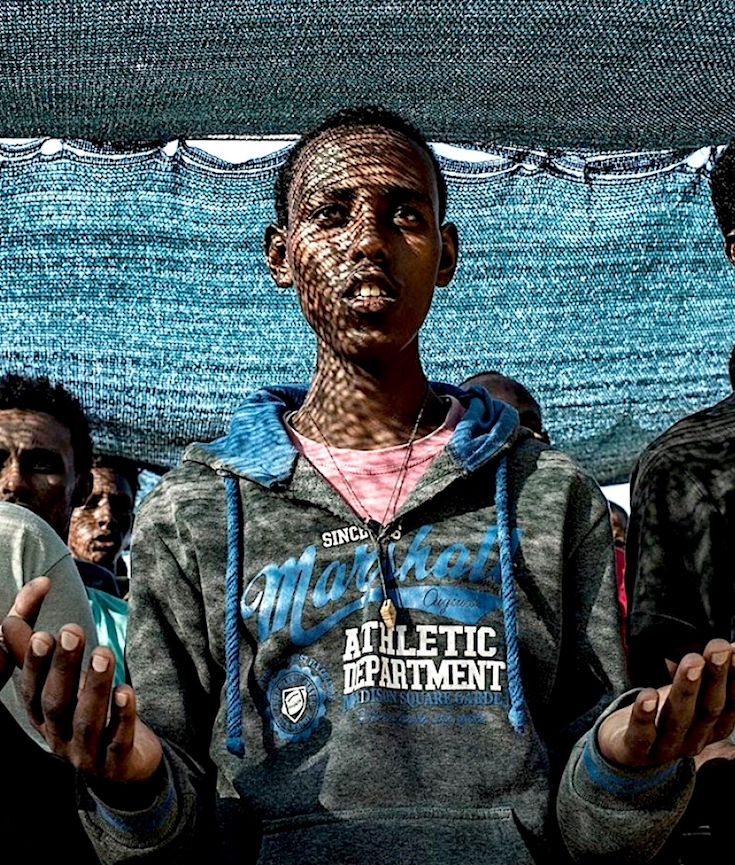When the news of their practices was ushered into the spotlight this week from my article “Why Isn’t ‘Ebony’ Paying Its Black Writers?” published by The Establishment, Twitter began trending with the hashtag #EbonyOwes. In response to that article, several black journalists have come forward to share their stories about waiting for payment.
Sifting through the #EbonyOwes hashtag on Twitter, I came across famed TV critic Eric Deggans at NPR, who wrote about his own experience with the publication.
Deggans, who is also author of the book Race-Baiter: How the Media Wields Dangerous Words to Divide a Nation, tweeted, “I don’t know about the race angle [in the article’s title], but I know about Ebony failing to pay writers. The magazine owes me $1,200.”
[mc4wp_form id=”6042″]

 Photo | Francesco Zizola / NOOR
Photo | Francesco Zizola / NOOR
Eritrea, officially the State of Eritrea, is a country in the Horn of Africa. With its capital at Asmara, it is bordered by Sudan in the west, Ethiopia in the south, and Djibouti in the southeast. The northeastern and eastern parts of Eritrea have an extensive coastline along the Red Sea. The nation has a total area of approximately 117,600 km2 (45,406 sq mi), and includes the Dahlak Archipelago and several of the Hanish Islands. Its toponym Eritrea is based on the Greek name for the Red Sea, which was first adopted for Italian Eritrea in 1890.
Eritrea is a multi-ethnic country, with nine recognized ethnic groups in its population of around six million. Most residents speak languages from the Afroasiatic family, either of the Ethiopian Semitic languages or Cushitic branches. Among these communities, the Tigrinya make up about 55% of the population, with the Tigre people constituting around 30% of inhabitants. In addition, there are a number of Nilo-Saharan-speaking Nilotic ethnic minorities. Most people in the territory adhere to Christianity or Islam.
The Kingdom of Aksum, covering much of modern-day Eritrea and northern Ethiopia, rose somewhere around the first or second centuries and adopted Christianity around the time Islam had spread through Egypt and the Levant. In medieval times much of Eritrea fell under the Medri Bahri kingdom, with a smaller region being part of Hamasien. (Wikipedia).





You must be logged in to post a comment.